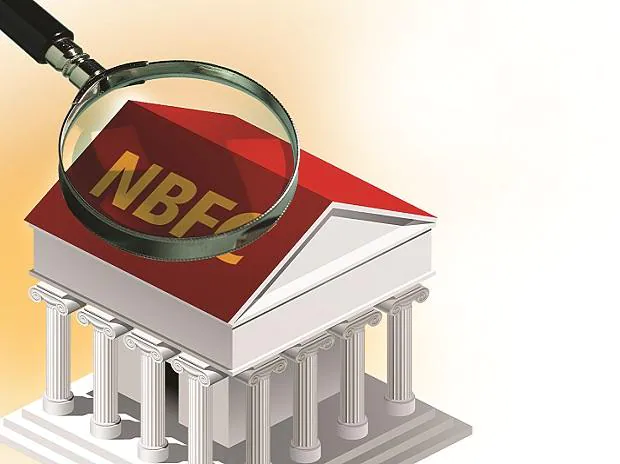[ad_1]
Non-bank lenders’ asset growth will jump to a four-year high of 11-12 per cent this fiscal, a ratings agency said on Monday.
The non-bank finance companies (NBFCs) segment has witnessed three consecutive years of constrained asset growth due to the COVID-19 pandemic, with the growth coming at 5 per cent in FY22, Crisil Ratings said.
However, its deputy chief ratings officer Krishnan Sitaraman said that even as the asset growth jumps to double digits, it will still be lower than the pre-pandemic levels which witnessed a 20 per cent growth during the three years to FY19.
“Intense competition from banks and the rising interest rate scenario will limit the competitiveness of NBFCs in certain segments, leading them to focus on higher-yield segments for growth,” he said.
Vehicle finance, which constitutes nearly half of the assets for NBFCs, will grow at 11-13 per cent in FY23, as against 3-4 per cent in FY22 and FY21, the agency said.
Used vehicle financing, with its higher yields, will see higher growth and will drive the NBFC volume in vehicle finance, it said.
Other trends which will help asset growth will be improvements in vehicle sales, strong demand from infra sector and need for fleet replacements, it said, adding that new launches will drive car and utility vehicle sales.
Competition from banks and the rising interest rate scenario will take the edge off NBFCs in the new vehicle finance segment and allow banks to gain market share in this space, it said.
The agency’s director Ajit Velonie said unsecured loans, which have the second-largest share at about a fifth of the NBFC AUM pie, may be the only segment to touch the pre-COVID era growth of 20-22 per cent this fiscal, as lenders focus on higher-yield assets.
The cautious approach of NBFCs had resulted in a decline in AUM for this segment in fiscal 2021, while fiscal 2022 saw a V-shaped recovery, he added.
Unsecured loans comprise consumer loans (personal loans and consumer durable loans) and business loans to small and medium enterprises (SMEs).
Consumer loans will be supported by rising retail spend across consumer durables, travel, and other personal consumption activities, while business loans will benefit from macroeconomic tailwinds given the expected growth of 7.3 per cent in gross domestic product (GDP) this fiscal, it said.
Loans against property are also expected to touch 10-12 per cent growth, though competition will keep higher growth at bay in this space, too.
Gold loans are expected to attain their steady state growth rate of 10-12 per cent supported by demand from micro enterprises and individuals to fund working capital and personal requirements, respectively, the agency said.
Wholesale finance, which has seen a number of players exit the market over the past few years, will continue to lag with declining AUM, it said.
Higher-than-expected interest rates and inflation remain key monitorables, the agency said.
(Only the headline and picture of this report may have been reworked by the Business Standard staff; the rest of the content is auto-generated from a syndicated feed.)
[ad_2]
Source link



